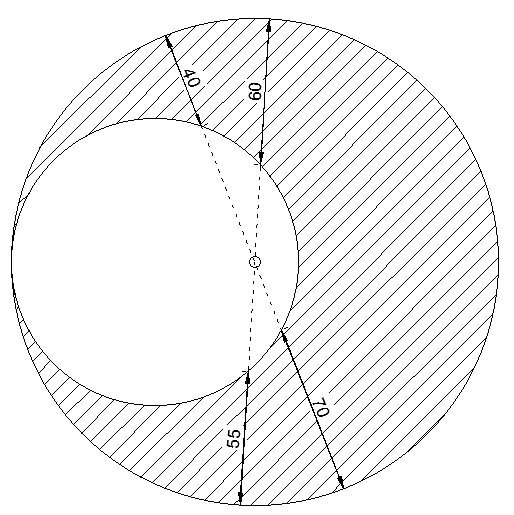To celebrate reaching 400 Puzzles of the Week, I thought I’d bring out one of my favourite puzzles. This one first appeared in my book ‘Paddocks’ available from lulu.com or amazon.
On the island of Honeycombia live two warring tribes: the Crosslanders and the Noughtlanders. They have stopped fighting for now, but a permanent ceasefire is in your hands.
It is your job, as chief peace negotiator, to divide the island in a way that satisfies both tribes.
Each tribe wants their own territory to be in one piece, so that they can travel from any point in their own territory to any other, without crossing the other tribe's territory, and without going to sea.
Also, neither tribe wants the other to be able to build certain types of structure: a diamond mine would require four hexagons together in a diamond shape, and a car factory would require five hexagons together in an axle shape. Consequently neither shape can appear on the island, in any orientation, for either tribe.













